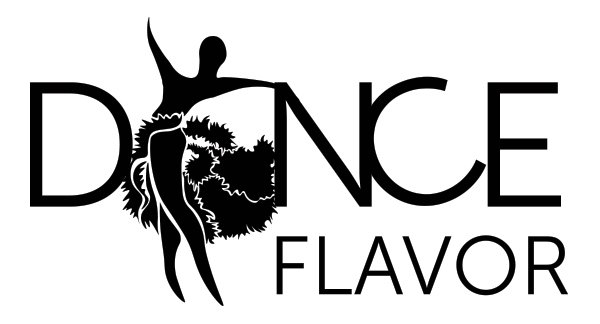Embracing the Dance Journey: Part Four - Embracing Opportunities and Building Resilience
Welcome back! Today we’ll discuss how to embrace opportunities and build resilience as you continue with your dancing. This mindset will empower you to thrive both on and off the dance floor.
1. Seeking Out Performance Opportunities
We have discussed this before, but as always, the benefits of participating in performances cannot be stressed enough. It can be a game-changer for your growth as a dancer. Yes, performing can be stressful and uncomfortable. But the whole idea is to push yourself out of your comfort zone.
Do you feel you are not a good enough dancer yet? Getting ready to perform will allow you to improve faster than you ever thought possible. Feel that the rest of your dance group is far behind you in their dance skills? Performing with them will allow you to help your fellow students by sharing your expertise, and make them feel more comfortable on stage having a more experienced dancer to follow. Embrace these opportunities, as they will help you become more confident, self-aware, and engaged in your dance practice.
2. Learning to Handle Criticism
Constructive criticism is an integral part of learning any skill, including dance. Unfortunately, dance has a bad reputation for being too critical of the dancers’ bodies, technique, and abilities. This is often the reason teachers in adult dance classes avoid giving helpful feedback to students. However, getting this feedback can make a huge difference to your dance experience.
Be open to feedback from instructors, and if they are hesitant to give it, ask for it yourself. It can provide valuable insights into your strengths and areas for improvement. Approach criticism with a growth mindset - see it as a chance to enhance your skills and map out further progress, rather than a personal setback.
3. Building Resilience Through Challenges
Dance, like any art form, comes with its fair share of challenges. Whether it’s overcoming performance anxiety, technical difficulties, or personal setbacks, building resilience is key. Think of every day as a clean slate. What can you do today to have a productive day in dance? Even if it is taking the day off, do what needs to be done to help you progress.
Other helpful approaches involve developing coping strategies such as positive self-talk, visualization, and breathing exercises to help you navigate tough moments. A technique I often use is remembering old challenges in terms of all the positive things that came out of them as a result. For example, a recent hip injury forced me to dance less for a time. But as I felt my hard-earned technique seeping out of my body as I rested, I also focused on stretching, which dramatically increased my flexibility in just a couple of months. Sure, it took me a few weeks to get back the lost time, but the time off gave me a chance to work on something I could never get around to before. Keep the positives in mind when facing challenges, because most challenges are opportunities in disguise.
4. Connecting with Your Dance Community
Engaging with fellow dancers can sometimes be a challenge in itself. A dance community can be a wonderful thing, but it may take a few tries to find and help build a supportive one. Dancers, even beginner dancers, can be difficult. Let’s face it - many of us are moody perfectionists, constantly dealing with body aches while asserting our personal creativity in many questionable ways.
So, finding the dance community that fits your personality may take a few tries. But, remember that while you cannot control what other people do, you can absolutely control how you interact with fellow dancers. Pay attention to how you carry yourself, and talk about your dancing and that of others. Be mindful of the kind of energy you bring to your dance studio. It can be tempting to belittle your dance ability and complain about everything from the slippery floor to the blisters and body pains. But think about what kind of dance community would make it more inspiring for your own dance journey, then help build it through your own words and actions. A strong community provides encouragement, accountability, and a sense of belonging. It is worth approaching building it in a mindful way.
5. Staying Committed to Lifelong Learning
Dance is an ever-evolving art form, and there’s always something new to learn. This is something I see adult dancers struggle with very often. Many adults learn “the step”, meaning the actual footwork pattern, and forget that there are a ton of other things that go into dancing. I have actually had many students ask me if there are any other steps, because they feel that they already learned most of them and are bored. These are often the people who cannot keep timing, have no idea of the concept of musicality, lead and follow, or technique.
All this is just another way of saying that many dance students, especially adults, need a reminder to stay curious and open-minded. If dance technique is not your thing, exploring different styles, classes, and workshops can help keep you engaged and growing as a dancer. Just because you may have started dancing later in life doesn’t mean you can’t become the type of dancer that gets noticed for their skills and dedication. Embracing lifelong learning will set you on your way to keeping your passion for dance alive and flourishing.
Feeling inspired to explore the world of dance? Dance Flavor offers live and on-demand classes in various styles. Don’t be shy - contact us with any questions, or to try a private class in the dance of your choice!

